Time to do Something about the Floor Cracks?

Overview
In our last newsletter we discussed the two most common causes of cracks in concrete and the steps that can be taken to reduce the chances of cracks forming in a new concrete slab. The next thing to do is to explain what to do with a crack if it does appear. Why even worry about a crack? How bad can it get if you just let it go?
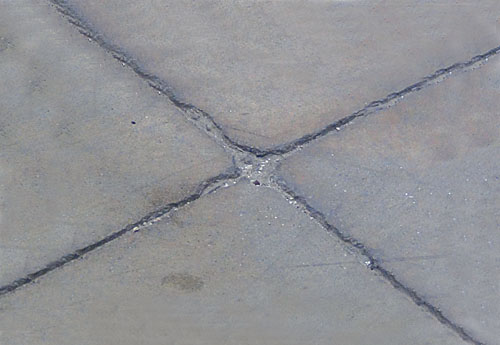
The biggest concern about a crack is that the edges can break away either as a chunk of concrete or more slowly as small pieces. In either case, the crack will widen and get worse. In this article, we will discuss the step-by-step process that is used to evaluate and repair a crack in both new and old concrete floors.
It is important to know that repairing a crack is not just a matter of filling in the void that the crack has created. Cracks come in many forms, each of them with their own characteristics. In the repair process there has to be a wide range of tools, materials, and methodologies for the repair.
Step 1
The first element in this process is evaluating the causes of the crack and determining if those forces are still acting on the slab.
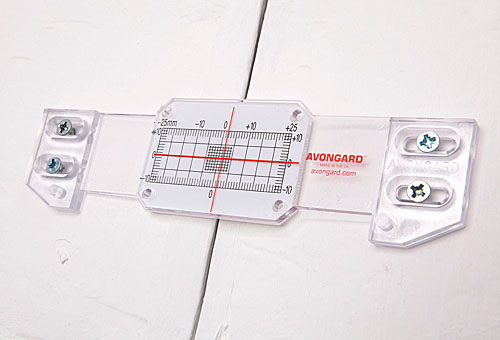
If the crack is not stable and a repair is done, it will likely fail, creating a need for (and cost of) a second repair in the future. For example, if the slab is still quite new it may still be shrinking. There is no way to stabilize the slab and the best option is to wait before you do the repair.
During the evaluation of the crack, the contractor may find that the crack is a symptom of a much bigger problem. In that case, there must be a conversation between the owner and the contractor to determine the best course of action. In other cases it is possible to stabilize the crack and allow for the repair of the crack to proceed.
Step 2
The second step in the process has two parts. The first part is to evaluate the concrete damage and determine how to prepare the crack for the repair. The second part is to determine the best material to complete the repair.
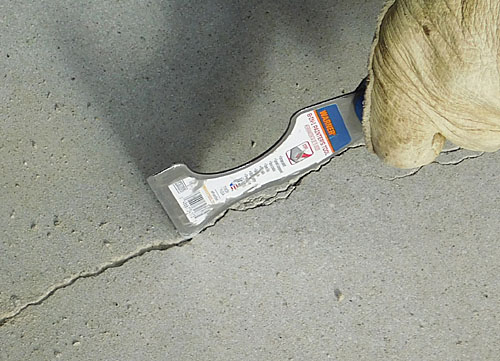
Often, random cracks have to be chased with a saw or grinder to open them up and clean out loose material and weak areas of concrete that has cracked away from the slab.
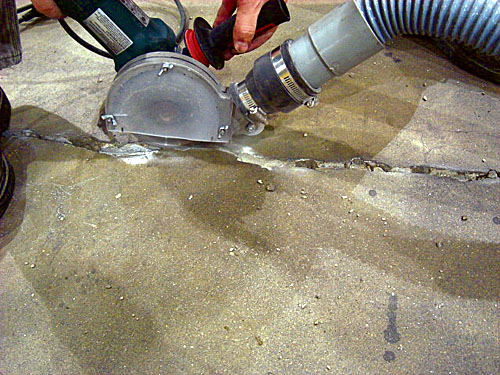
In some cases, the repair is much worse and the preparation is much more extensive.
In either case the preparation has to be sufficient to make sure the material that is chosen for the repair will hold up under the traffic that is expected on the floor.
Step 3
The next step is to fill the crack with the proper material for the repair.
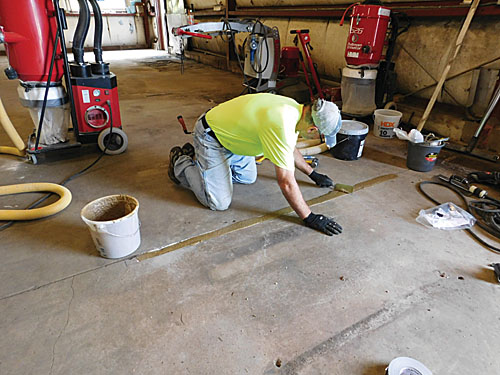
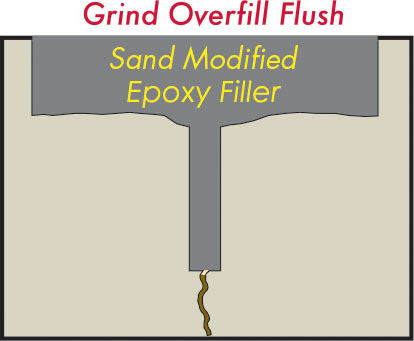
Depending on the nature of the crack, just filling it may not be enough. Provisions have to be made to honor the crack below the repair. To do this, the crack repair is cut and a second semirigid material is used to allow for slight movements due to expansion and contraction of the slab.
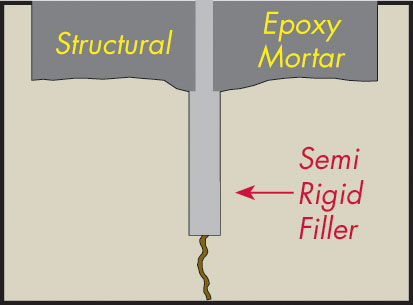
Step 4
The final step in the process is to finish the repair so it is smooth and even with the surface that surrounds it.
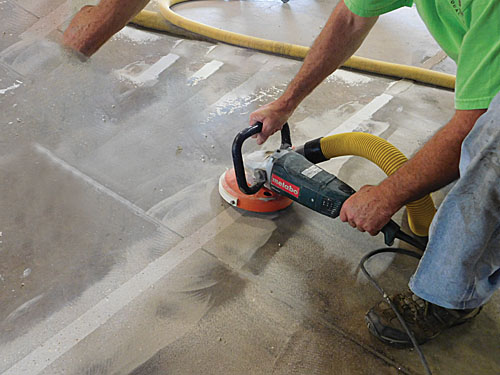
As you have seen, crack repair is not just filling the void created. A thoughtful, measured approach is the only way to get a repair that will last long term.
Need Help With Cracks
If you have any questions or if we can help you with a crack repair problem, give us a call at 716-831-7091 or email us at info@themjacompany.com.
Final Segment
In the next issue of our newsletter, the third and final article in this series will discuss surface repair for a deteriorated section of a concrete slab.
*Images courtesy of Metzger/McGuire Co.
